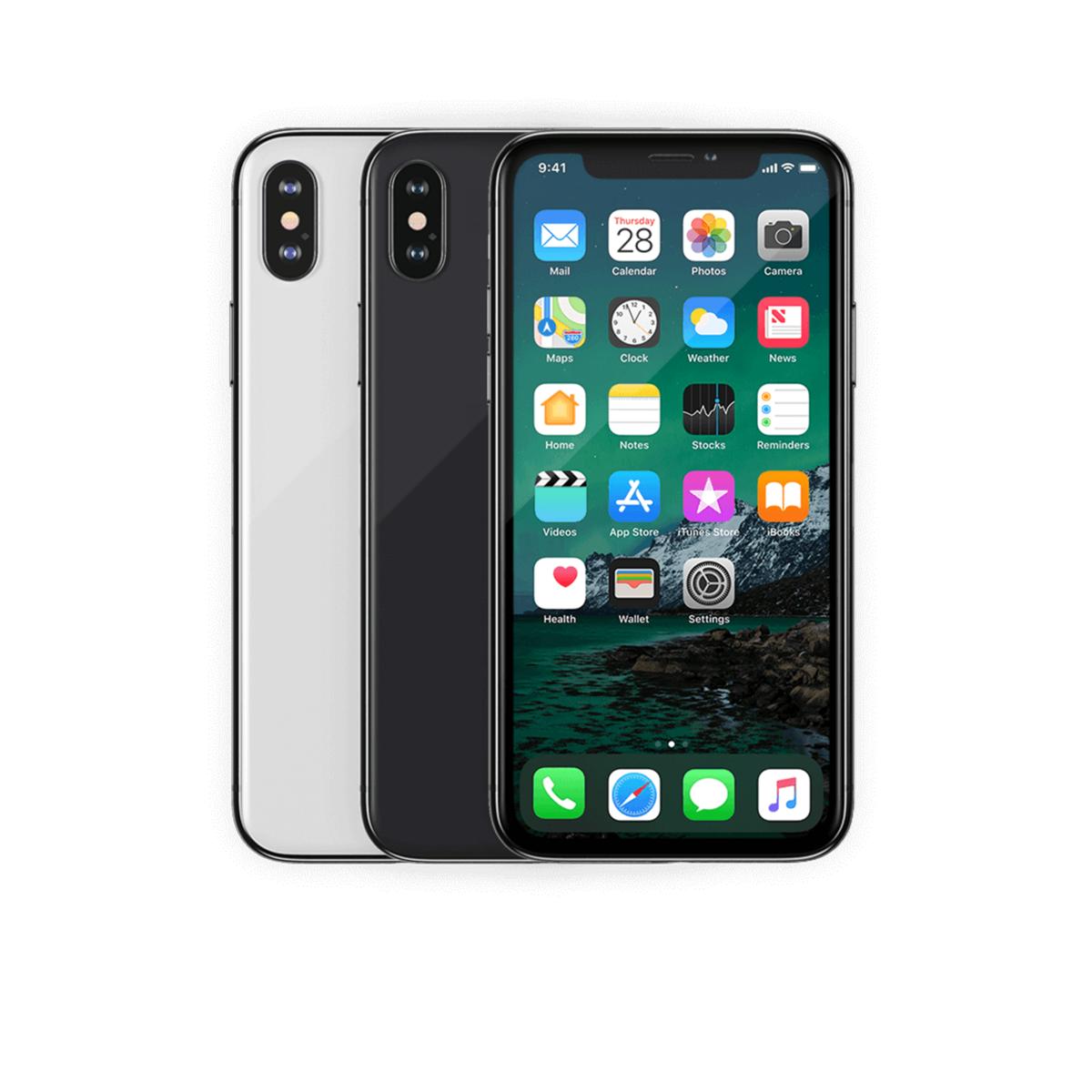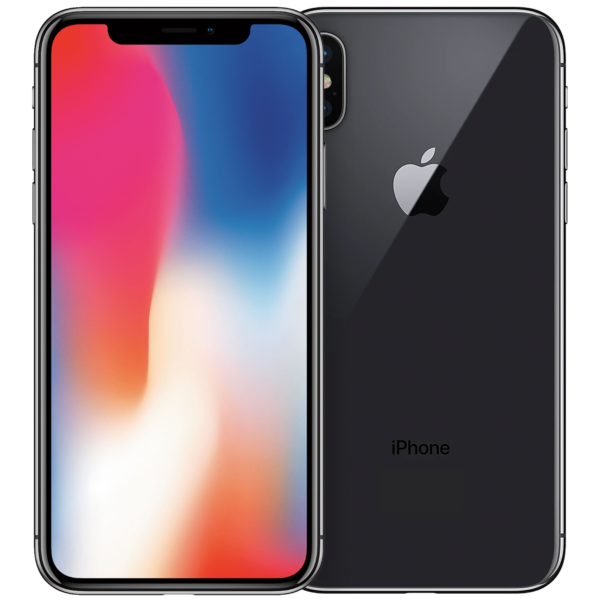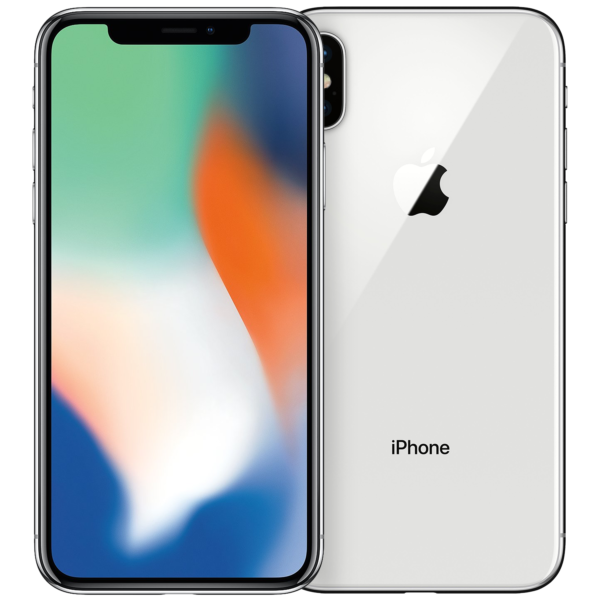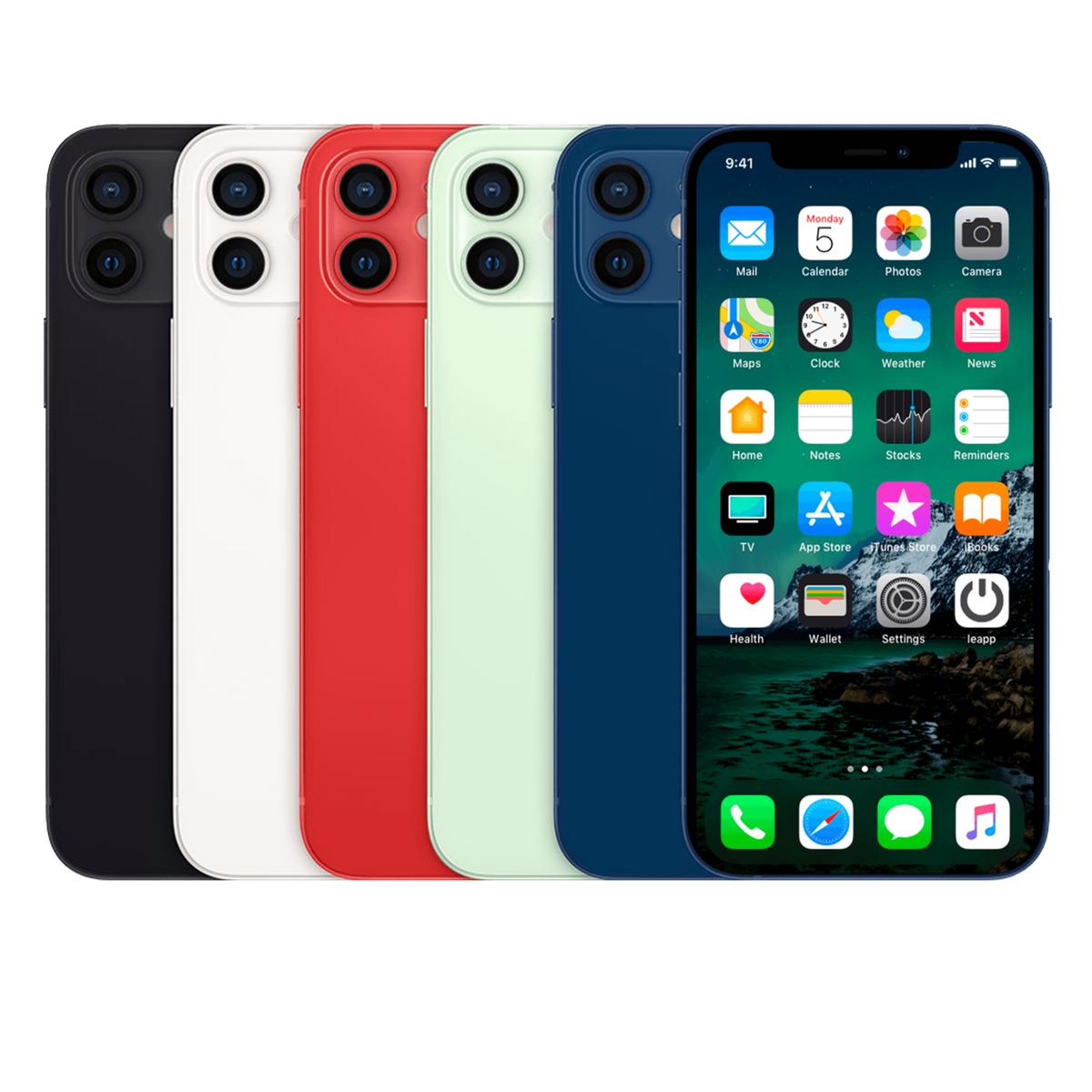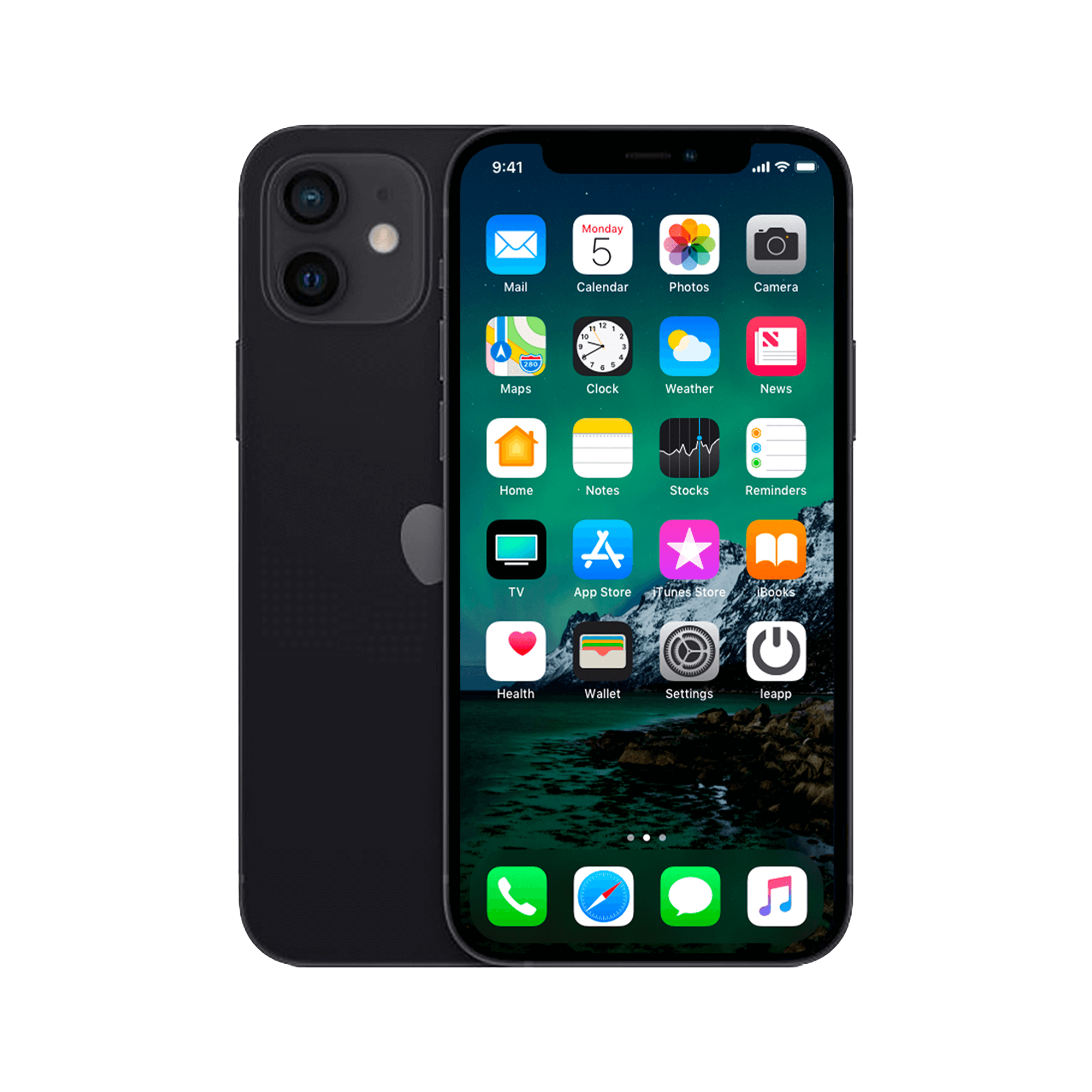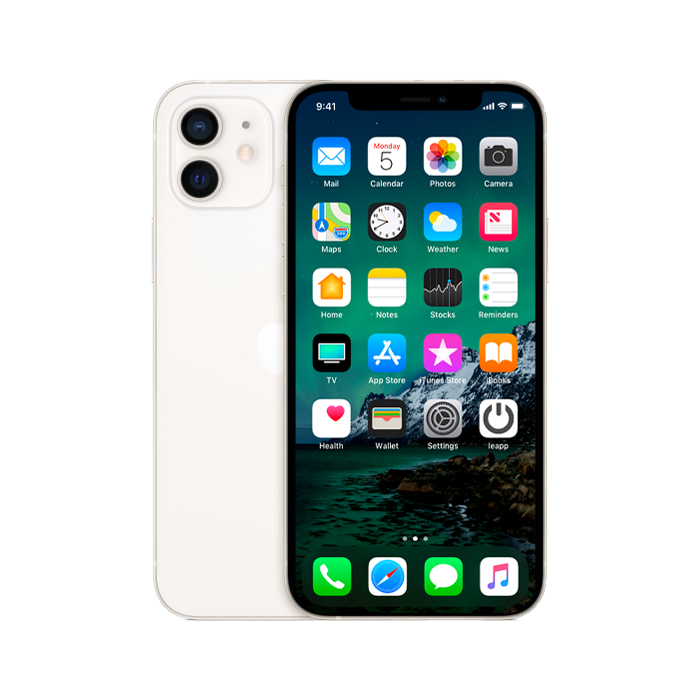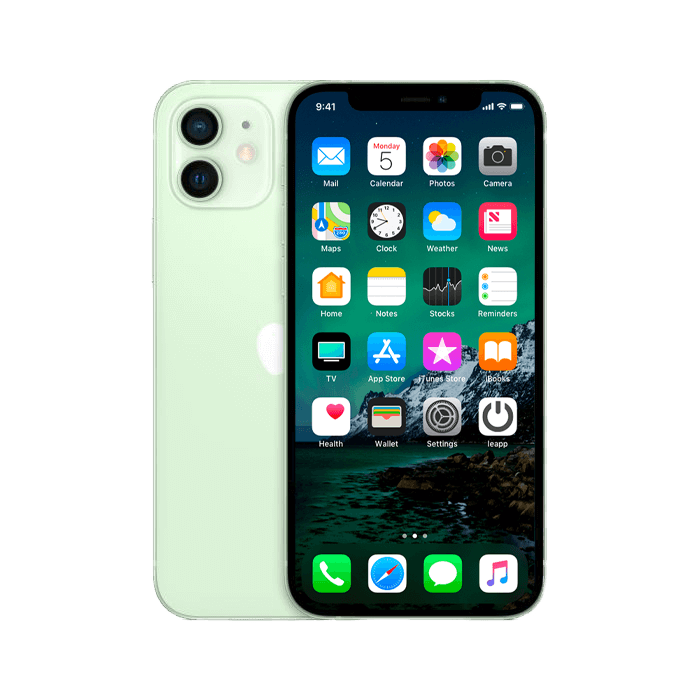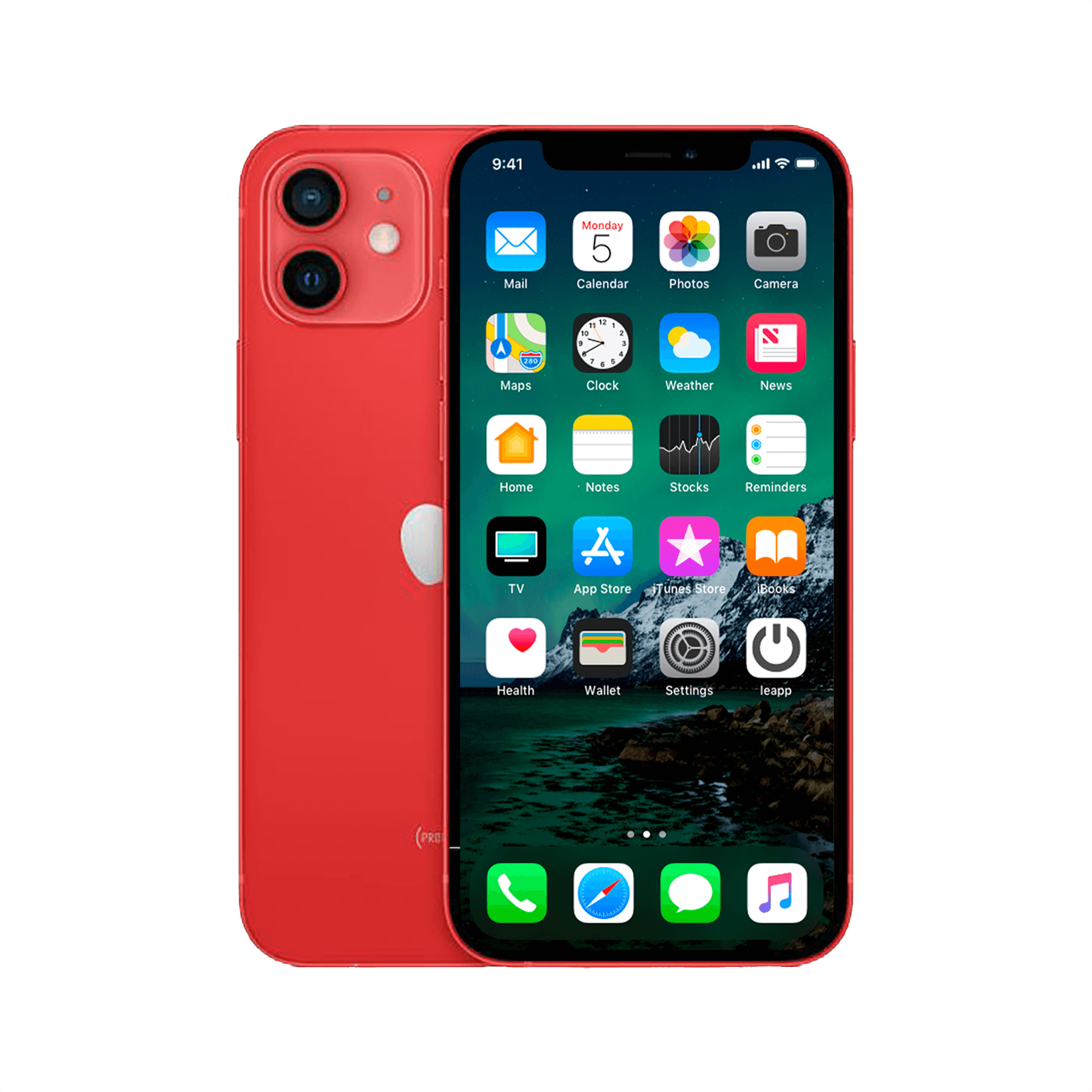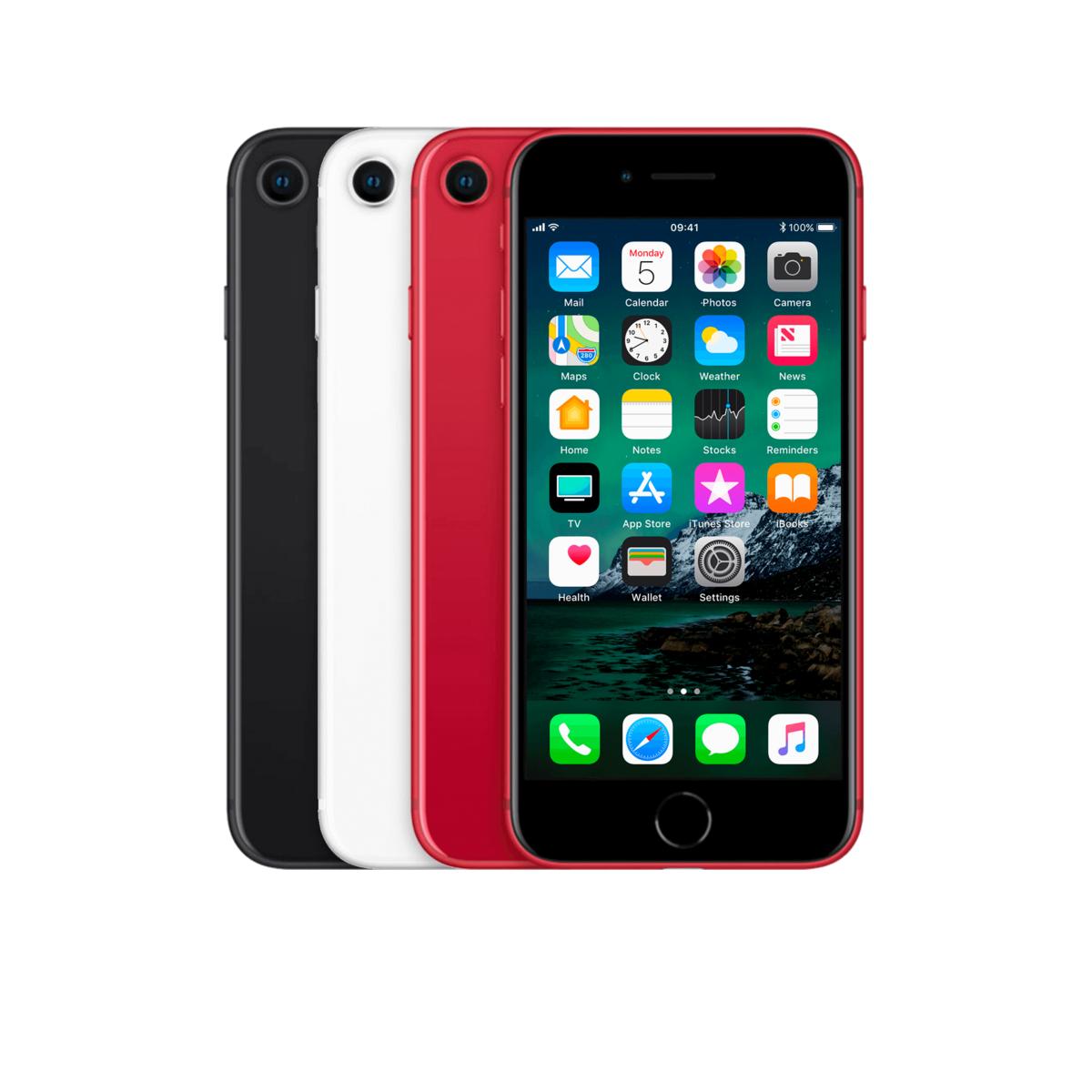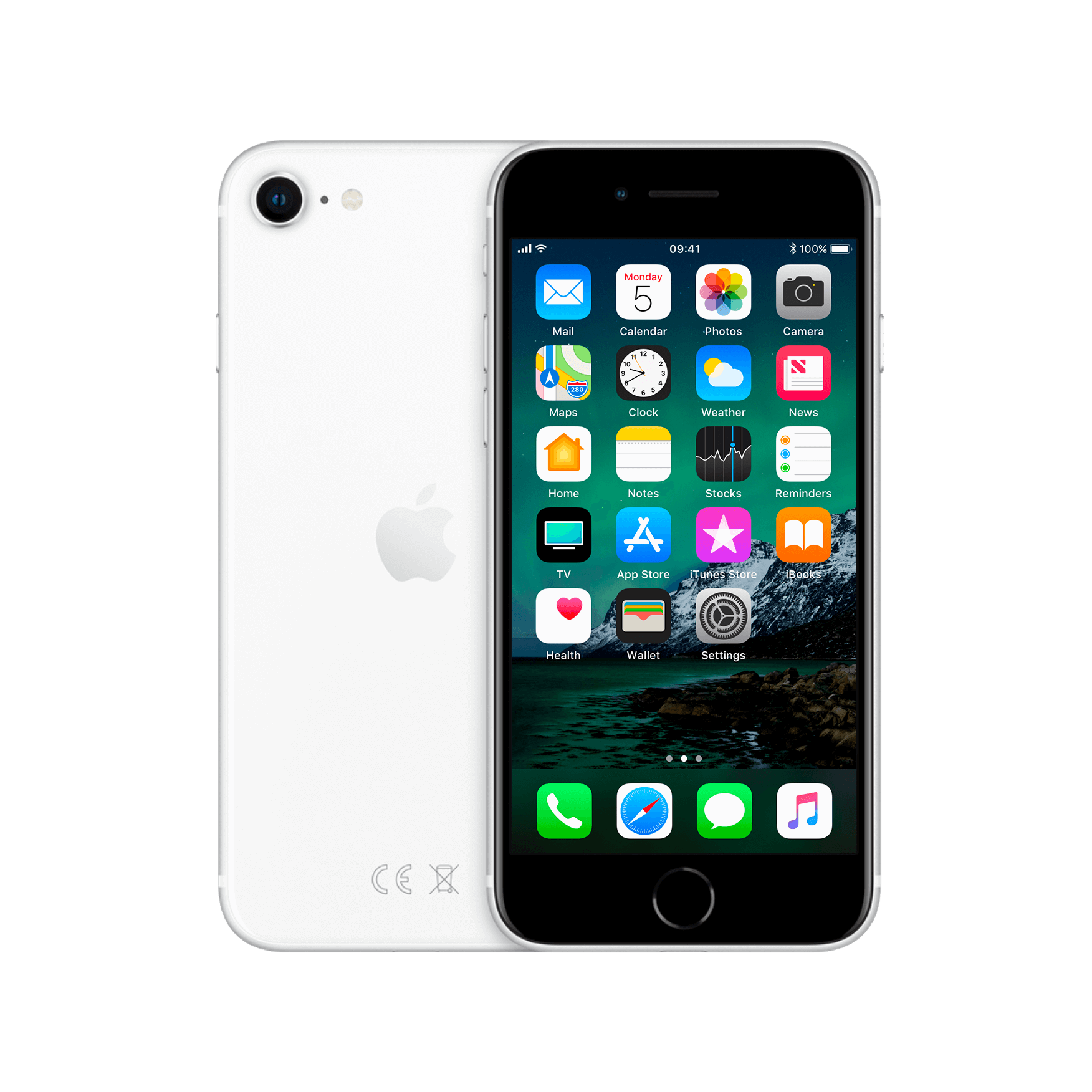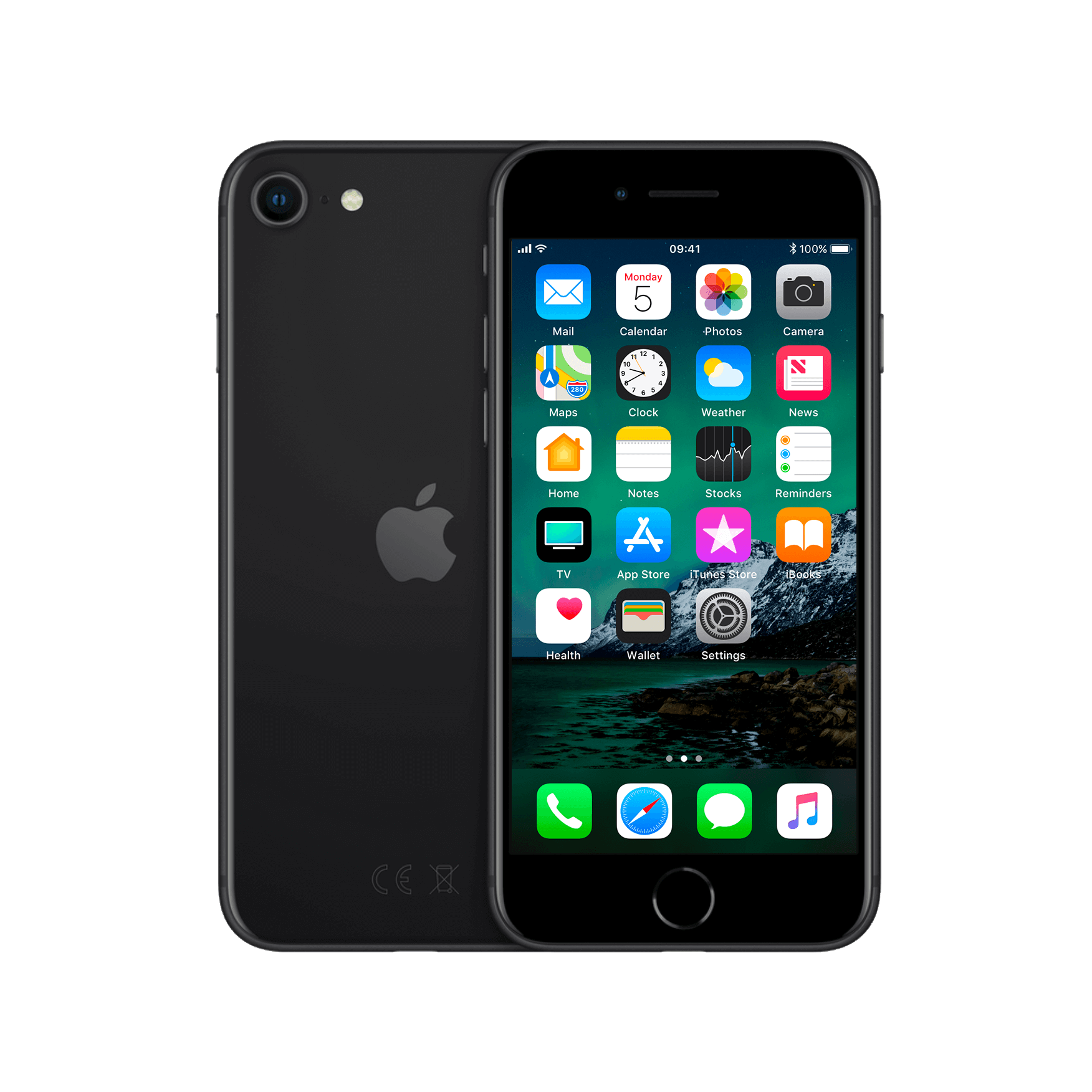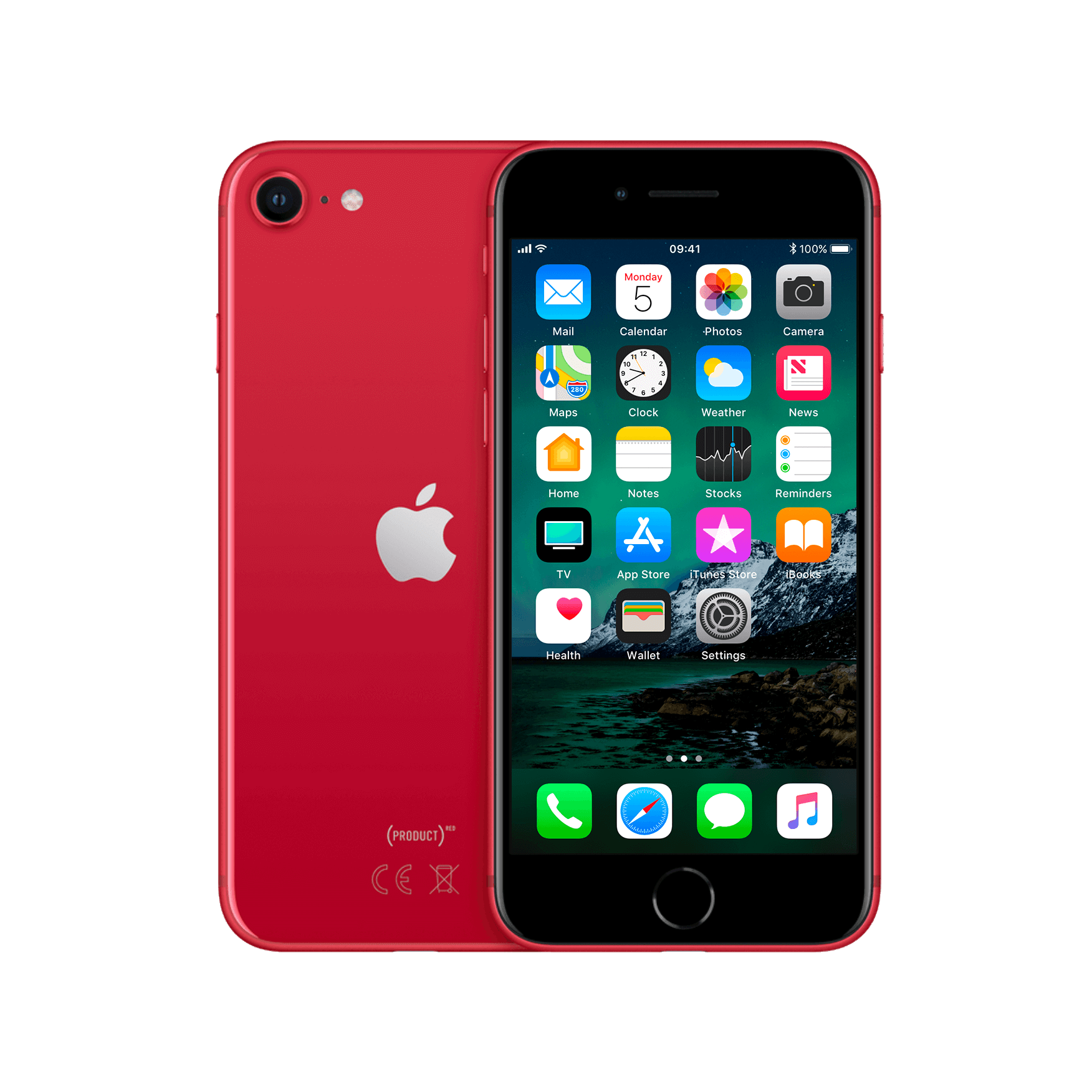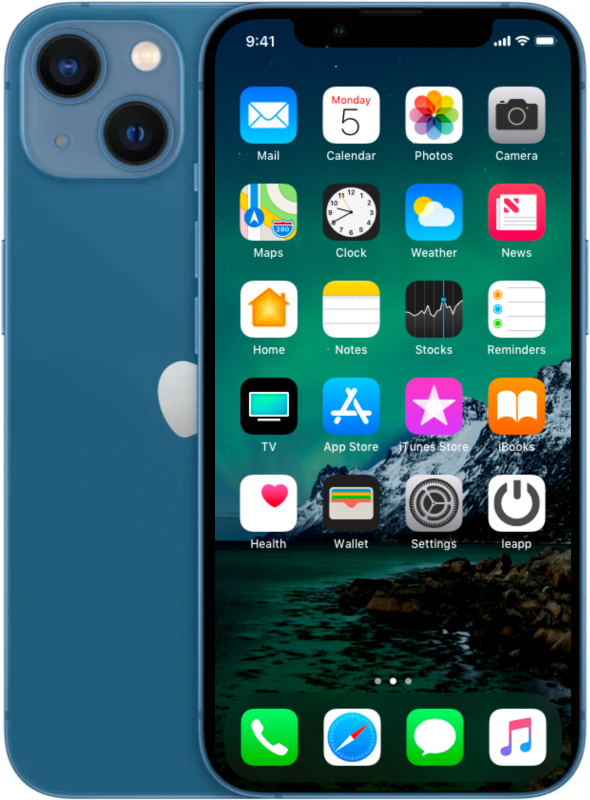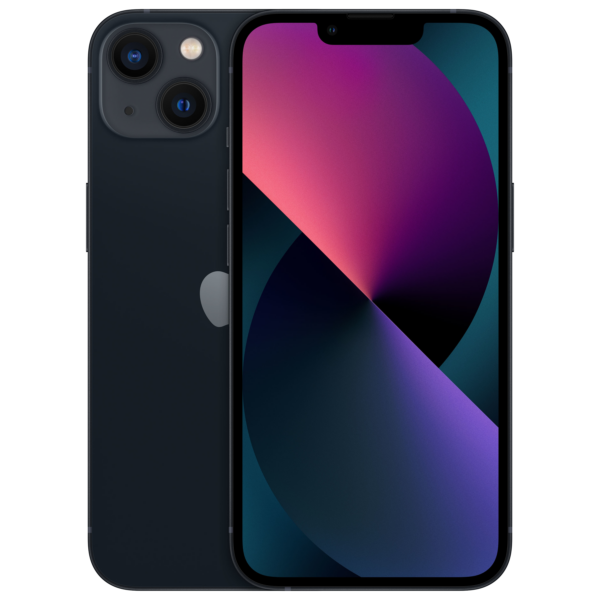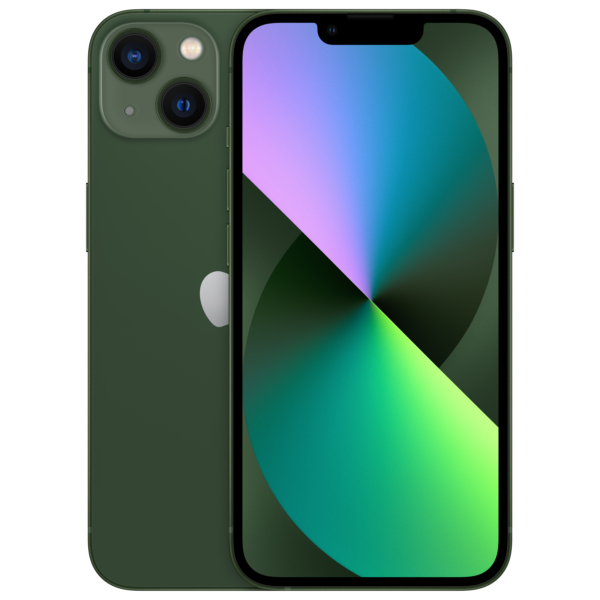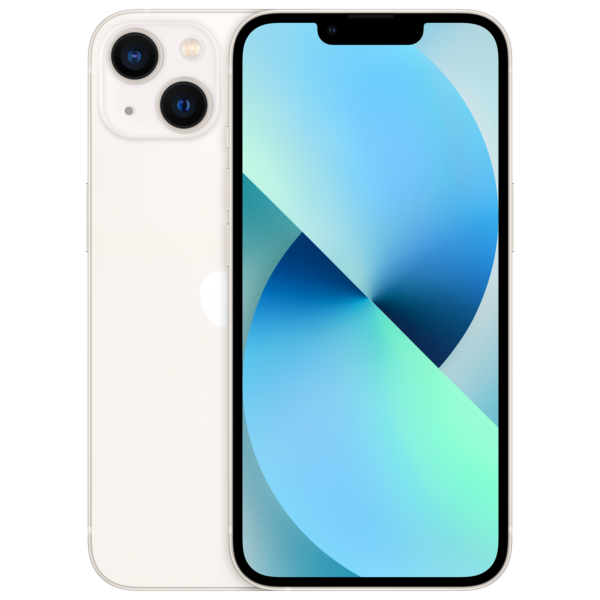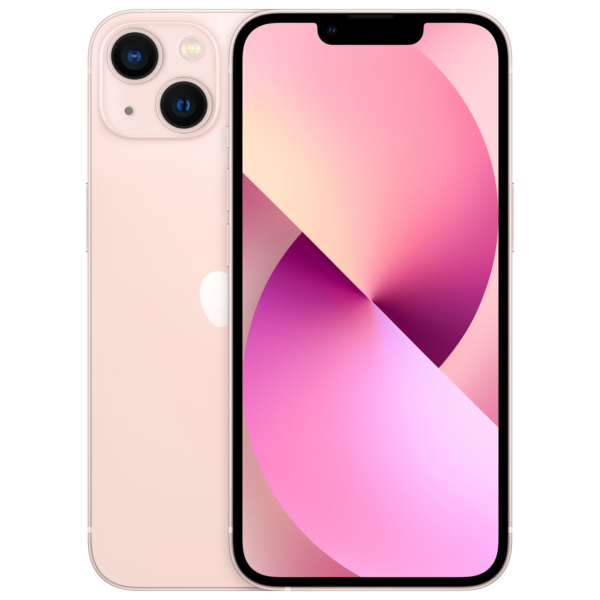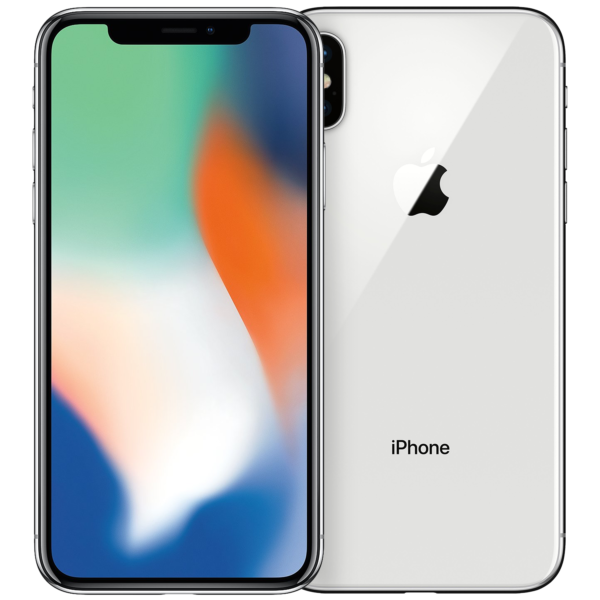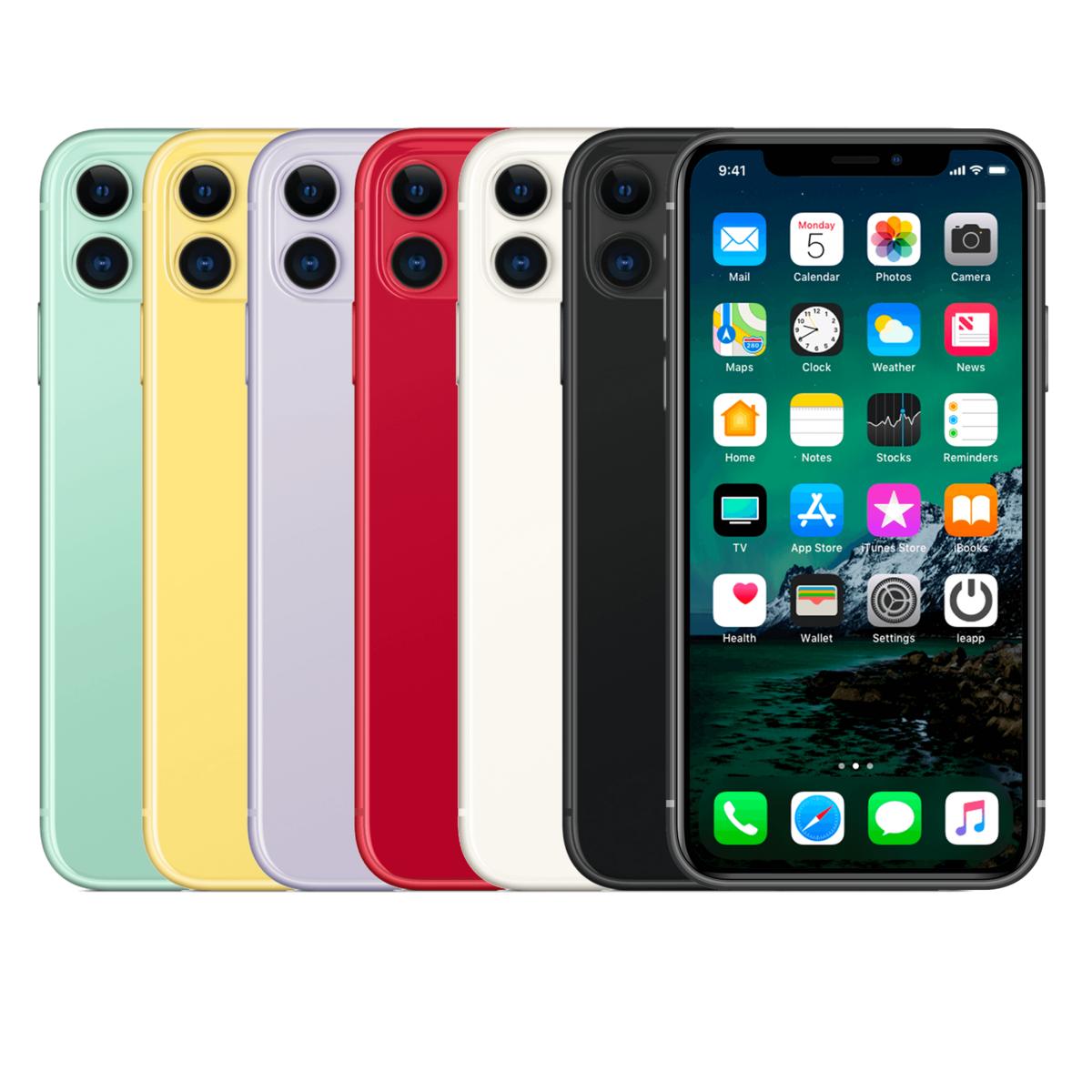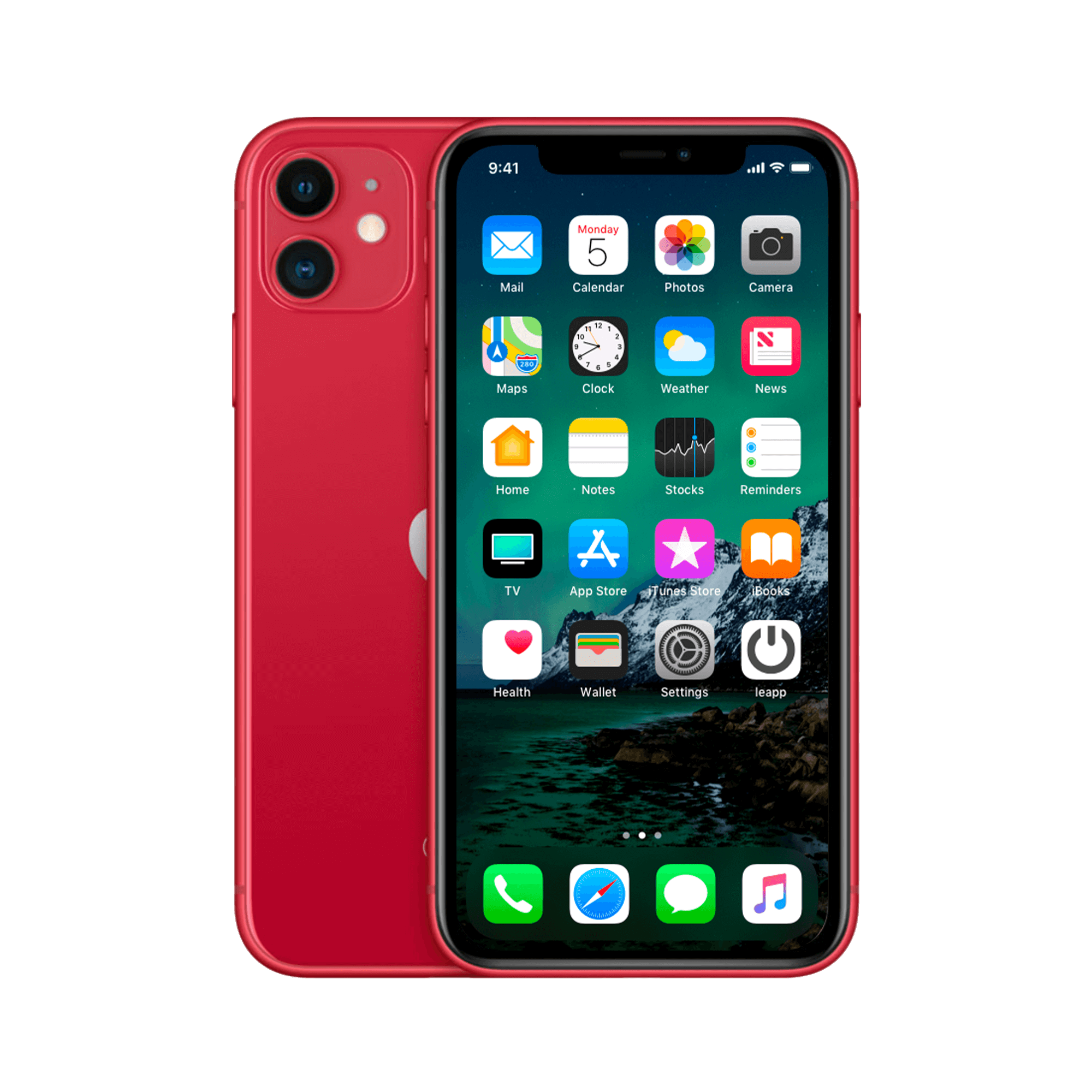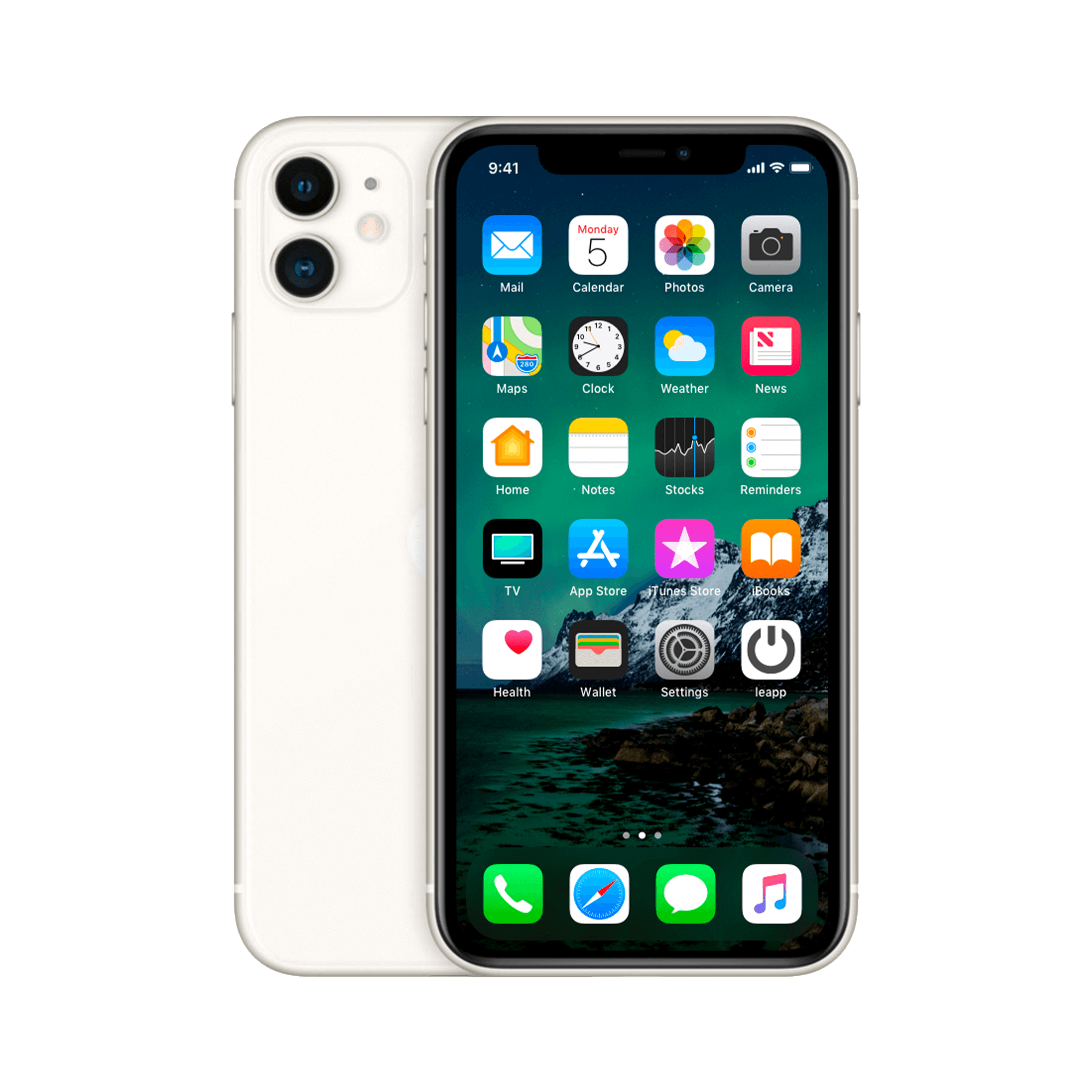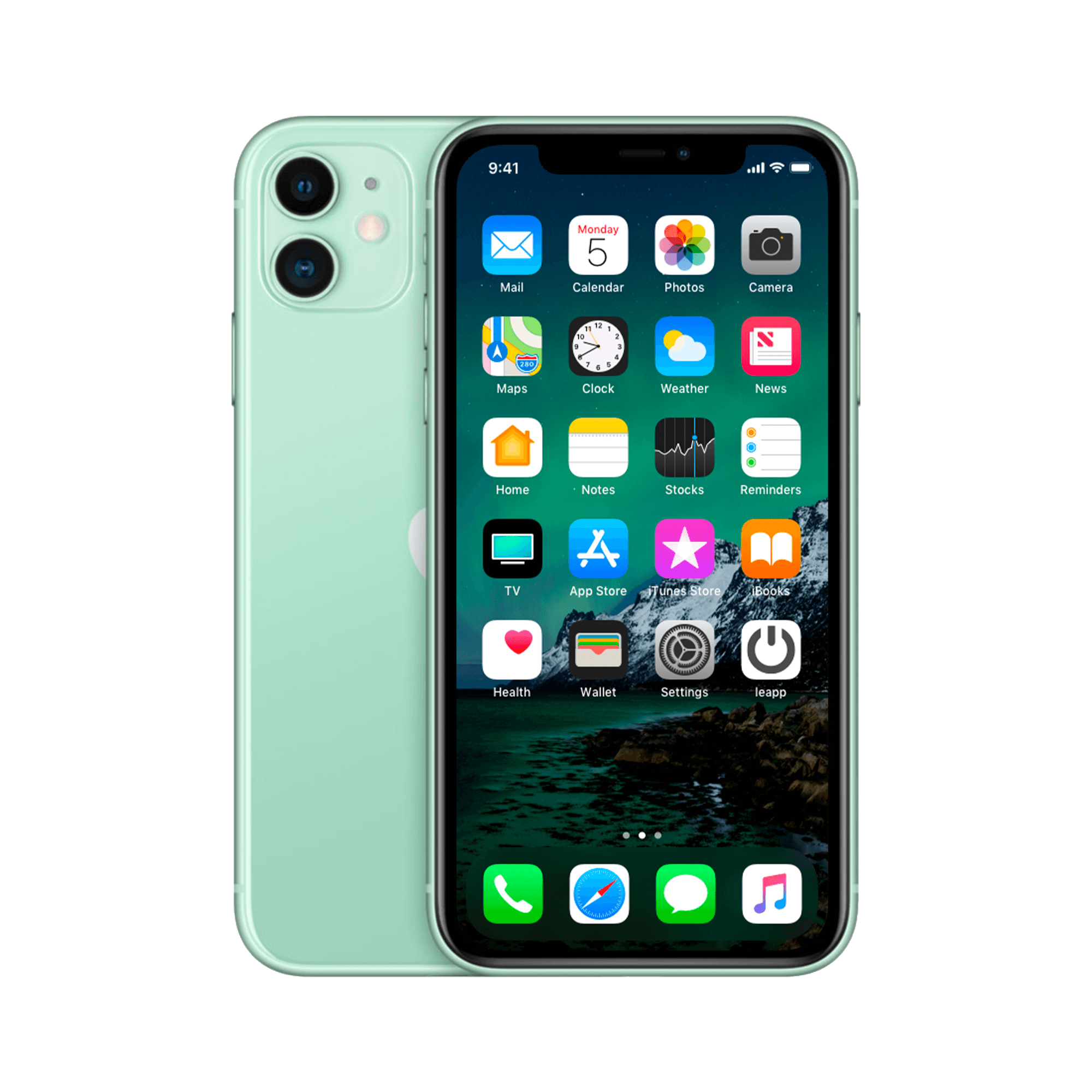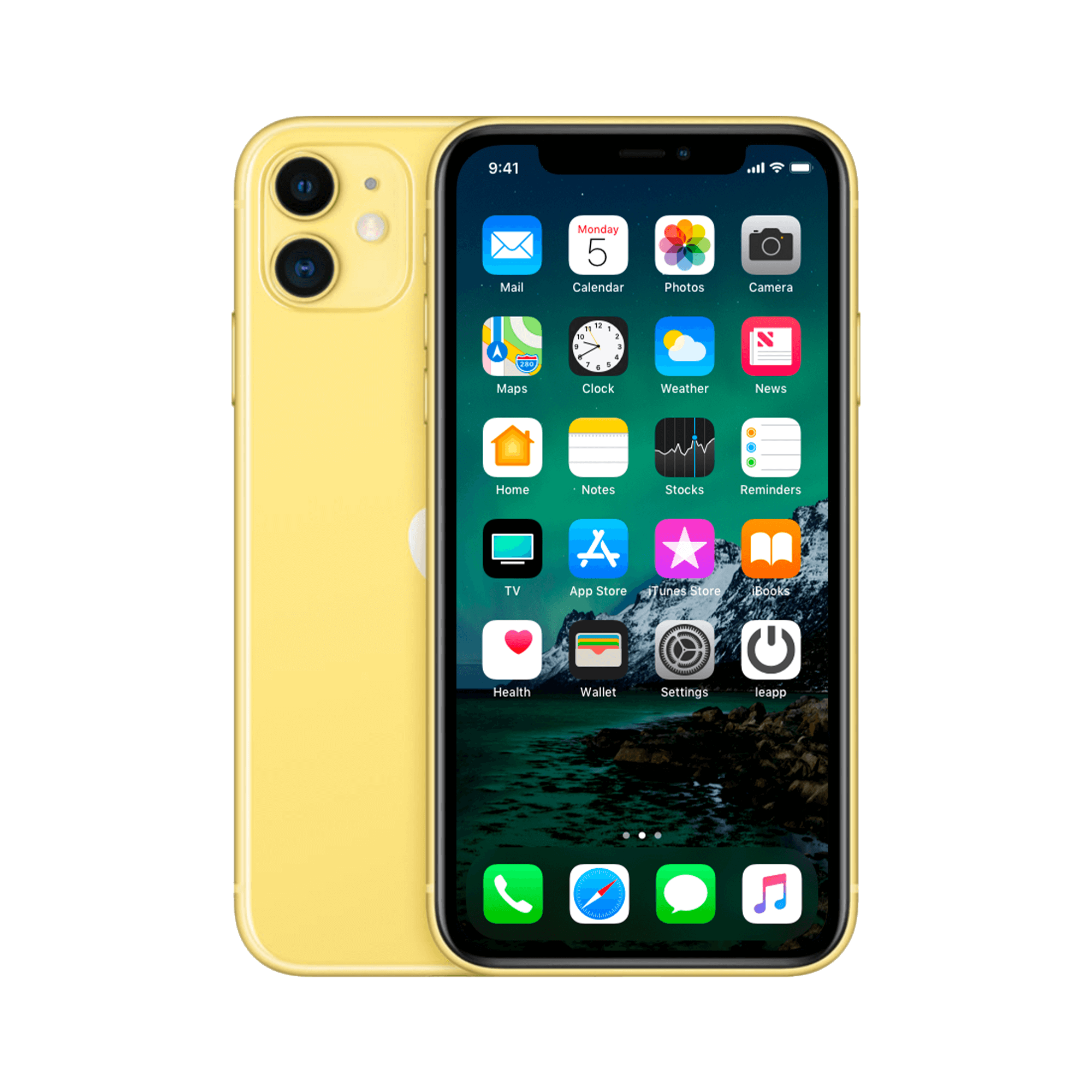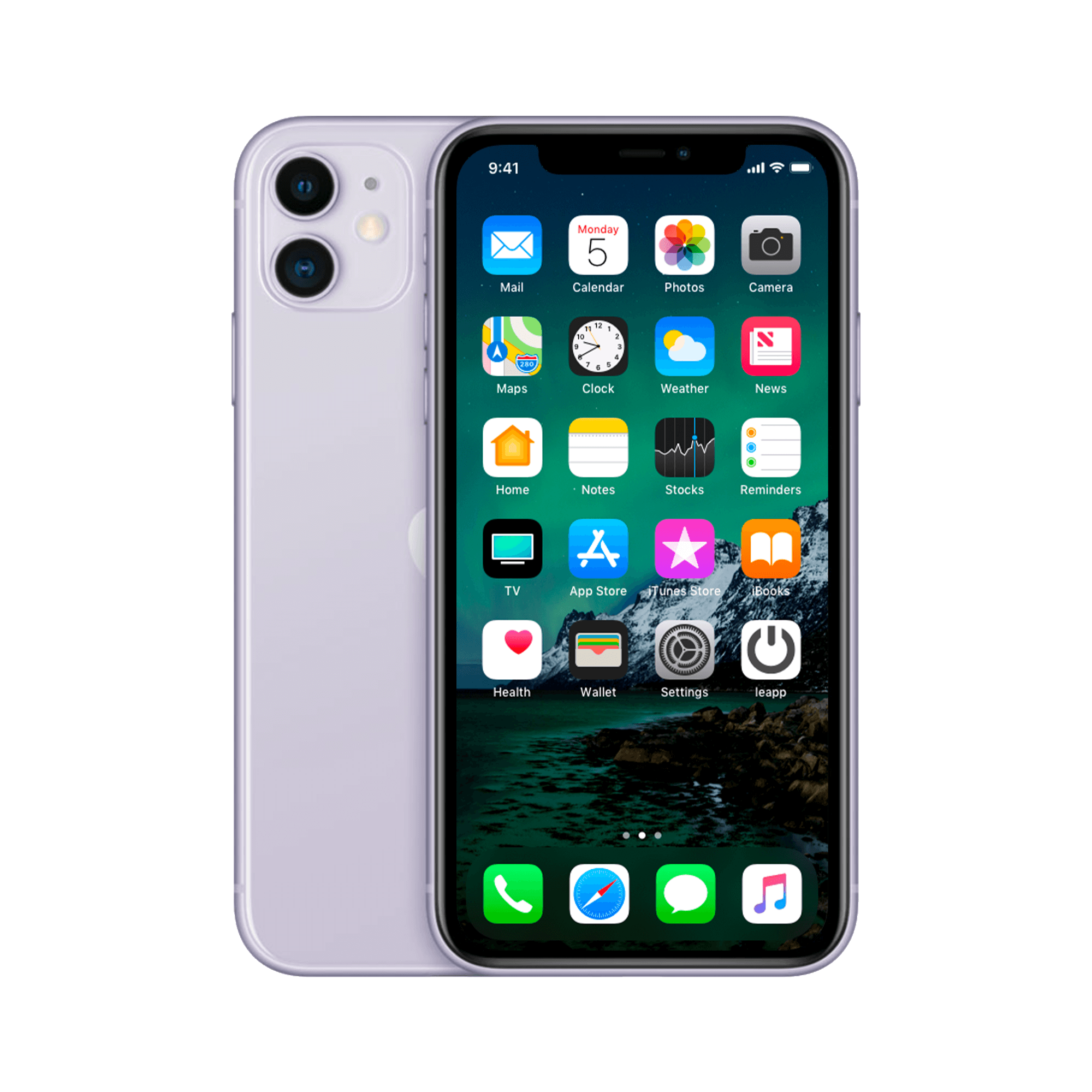iPhone 12 or 12 Pro: The choice no one explains to you
iPhone 12 or 12 Pro? It seems like a simple choice. More megapixels, better zoom, that LiDAR thing – the Pro has it all. For a few hundred euros more, you get the best specs. Done. Right?
But here's what almost no one tells you: most Pro buyers end up using their phones exactly the same as someone with a regular 12. WhatsApp, Instagram, a bit of Netflix. Those extra cameras? That LiDAR scanner? They just gather dust digitally.
The real difference isn't in those three cameras versus two. It's in how you use your phone daily. Whether you choose the right accessories . Whether your AirPods do the heavy lifting for your entertainment.
Because what Apple doesn't tell you is that for 90% of users, the standard iPhone 12 is more than enough. And that money saved? You can invest it much more wisely.
Useful links
The real differences between iPhone 12 and 12 Pro
Let's be honest: on paper, the iPhone 12 Pro looks impressive. Three cameras, ProRAW photography, a LiDAR scanner, and a premium finish. But what does this mean for your daily use? The reality is more nuanced than Apple's marketing hype.
The screen, for example. Both models have the exact same 6.1-inch Super Retina XDR display with 1200 nits of brightness. No difference. The processor? Same A14 Bionic chip. 5G support? Check both. Face ID? It's there. The fundamentals are identical, and that's exactly what 95% of your phone use consists of.
Cameras: When do you really need three lenses?
The most noticeable difference is in the camera system. The standard iPhone 12 has two lenses:
- Wide angle (f/1.6)
- Ultra wide angle (f/2.4)
The Pro adds a telephoto lens with 2x optical zoom. Plus that mysterious LiDAR scanner for faster autofocus in the dark and augmented reality applications.
But here's where reality kicks in. For Instagram stories, WhatsApp photos, and even most vacation snaps, the difference is barely noticeable. The main camera on both devices is identical and takes phenomenal photos. That telephoto lens? Handy for concerts or sporting events, but how often do you find yourself there?
The LiDAR Scanner sounds futuristic, but unless you're an architect who has to measure spaces daily or an AR enthusiast, you'll probably never use it. For portrait photos, the portrait mode works perfectly on both models, even without LiDAR.
Memory and storage: an under-exposed difference
What Apple doesn't advertise prominently: the Pro has 6GB of RAM compared to the standard model's 4GB. In practice, you'll only notice this when doing intensive multitasking or video editing. For normal use—switching apps, browsing, watching video—4GB is more than enough.
In terms of storage, both start at 64GB, but the Pro also offers a 512GB option. Ask yourself: when was the last time you loaded up your iPhone? With iCloud and streaming services, local storage has become less crucial.
Design and sustainability
The Pro feels premium with its stainless steel frame versus the aluminum of the standard 12. The weight tells the story: 189 grams for the Pro versus 164 grams for the regular version. You'll feel those 25 grams, especially after a long day.
Both have Ceramic Shield glass and IP68 water resistance. When used with a case—which 90% of users do—the difference in finish disappears completely. That premium feel? Invisible behind silicone.
Battery life: the silent disappointment
Ironically, the lighter iPhone 12 lasts longer. Apple claims 17 hours of video playback for the 12 versus 17 hours for the Pro. In practice, the standard version makes it to the end of the day slightly easier due to its more energy-efficient design.
When is the Pro the right choice?
There are legitimate reasons for the Pro:
- You are a content creator and edit videos on your phone
- You photograph professionally and want ProRAW files
- You use your phone intensively for work with a lot of multitasking
- That extra zoom is essential for your hobby or work
The smart middle ground: considering refurbished
Here's an interesting option: a refurbished iPhone 12 Pro can be cheaper than a new standard 12. These devices have been professionally inspected, cleaned, and fitted with new parts where necessary. You get the same warranty, and the difference from a new one is undetectable.
A refurbished standard model is even more affordable. The money you save can be invested in accessories you actually use every day: good earbuds, a wireless charger, or a premium case.
The verdict for different users
Choose the iPhone 12 if:
- You mainly call, text and use social media
- You prefer a lighter phone
- Want to spend your budget consciously
- You're satisfied with excellent rather than perfect photos
Choose the iPhone 12 Pro if:
- Photography is your passion or job
- You regularly edit videos
- That telephoto zoom is essential
- You want to get the absolute maximum out of your phone
Practical purchasing tips
Timing is everything. New models rarely drop in price, but refurbished devices fluctuate with the market. The best deals are often found a few months after a newer model's release.
Always check the condition of the device. "As new" means no visible signs of use, while "very good" may have minimal signs of wear that are invisible in a case. For most users, "very good" is more than sufficient.
Don't forget accessories. A good screen protector and case are essential, regardless of which model you choose. This small investment protects your bigger one.
The real question isn't whether you need the best specs, but which features you actually use. For most people, the iPhone 12 is more than capable enough. Those extra features on the Pro? Nice to have, essential for a select few.
Making the smart choice
The choice between the iPhone 12 and 12 Pro ultimately comes down to one simple question: do you pay for what you use or for what's possible?
For most users, the standard iPhone 12 is more than powerful enough for everyday use. Those few hundred euros in difference are better spent on practical accessories that truly make your life easier.
Only if photography is your passion or you create content professionally will the Pro be worth the extra cost. For anyone on the fence: start with the standard version. Still missing that third camera after a month? That's when you'll truly know you need the Pro.


